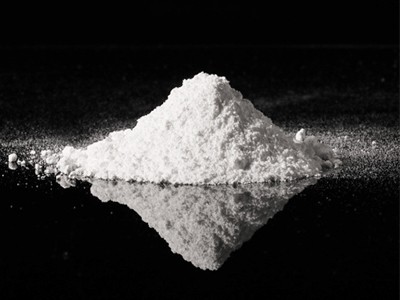Superabrasives and their products in the use of the process is mainly subject to impact and wear two forms of action, and the use of superabrasives to produce grinding wheels in the process of high-temperature sintering is required, the abrasive will also go through the role of high temperature form.
Therefore, the testing process of superabrasives will also simulate several conditions encountered in actual production and use, including impact, wear and high temperature. After these simulations, the quality of superabrasives can be more objectively reflected.
Impact toughness (TI) and thermal impact toughness (TTI) are important indicators to characterize the performance of superabrasives.
The latest national standard GB/T33144-2016 "super-hard abrasive impact toughness determination method", the impact toughness determination method is:
Take a quantitative sample, at room temperature using the impact toughness tester, set the impact frequency 2000r/min, after the specified number of impact impact, according to the specified conditions after sieving, calculate the sample unbroken rate (sieve on the mass of the ratio of the mass and the original mass), take the multiple measurements of the unbroken rate of the arithmetic mean multiplied by 100 to indicate the TI value.
The method for determining the impact toughness (TI) of superabrasives has good sample representativeness and can objectively reflect the effect and quality of the abrasives in the actual use process.
Thermal impact toughness (TTI) is in the impact toughness (TI) determination method on the basis of the use of thermal impact toughness determination of special heating furnace, take a certain amount of super-hard abrasive grains in the protective atmosphere (such as argon) in the special equipment for heating, after a specific temperature and heating time processing, and then according to the impact toughness (TI) test method detection, that is, the value of TTI.
Determination of thermal impact toughness (TTI) compared to the determination of impact toughness (TI) increased high-temperature heating link, TTI value is a reflection of the abrasive's high-temperature resistance characteristics.
The size of the difference between TI and TTI can objectively reflect the thermal stability of the abrasive, which is an important indicator for evaluating the performance of superabrasives.
BN(CHINA)TECHNOLOGY launched the DL-8500 grade CBN single crystal, belongs to the category of black system cubic boron nitride, more crystal surface, has a clear angularity, can be subdivided into A, B type.

A-type has a complete regular block shape, high cutting and grinding efficiency, and higher strength;
Type B crystals have irregular block or flake morphology, high sharpness and good self-sharpening.
Under the standard measurement method, the impact toughness (TI) and thermal impact toughness (TTI) of DL8500 series CBN abrasives are shown in the table below.

BN(CHINA)TECHNOLOGY DL8500 series CBN abrasives have the highest impact strength in the industry among the same kind of products, and at the same time, they have excellent thermal stability, and the impact toughness (TI) and thermal impact toughness (TTI) of the abrasives are much higher than the industry standard. Boron nitride DL8500 series CBN abrasives have not only become the material of choice in the field of high-precision, high-efficiency machining, but also are widely used in aerospace, automotive manufacturing, mold processing and precision machinery and other high-end manufacturing industries, to enhance product quality and production efficiency provides strong support.




